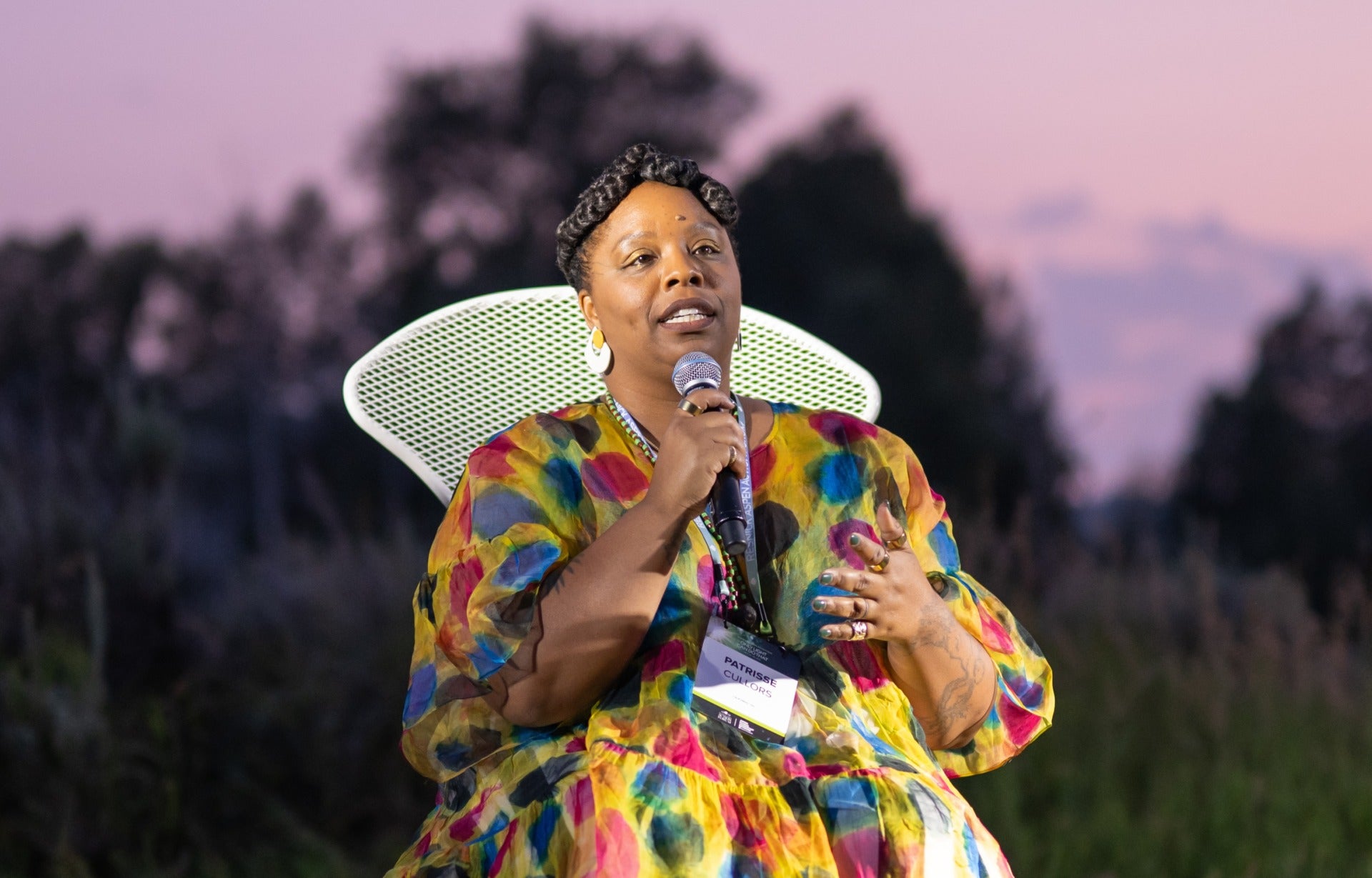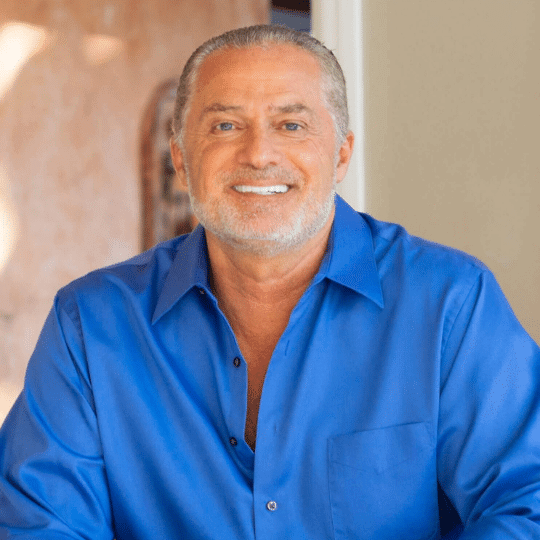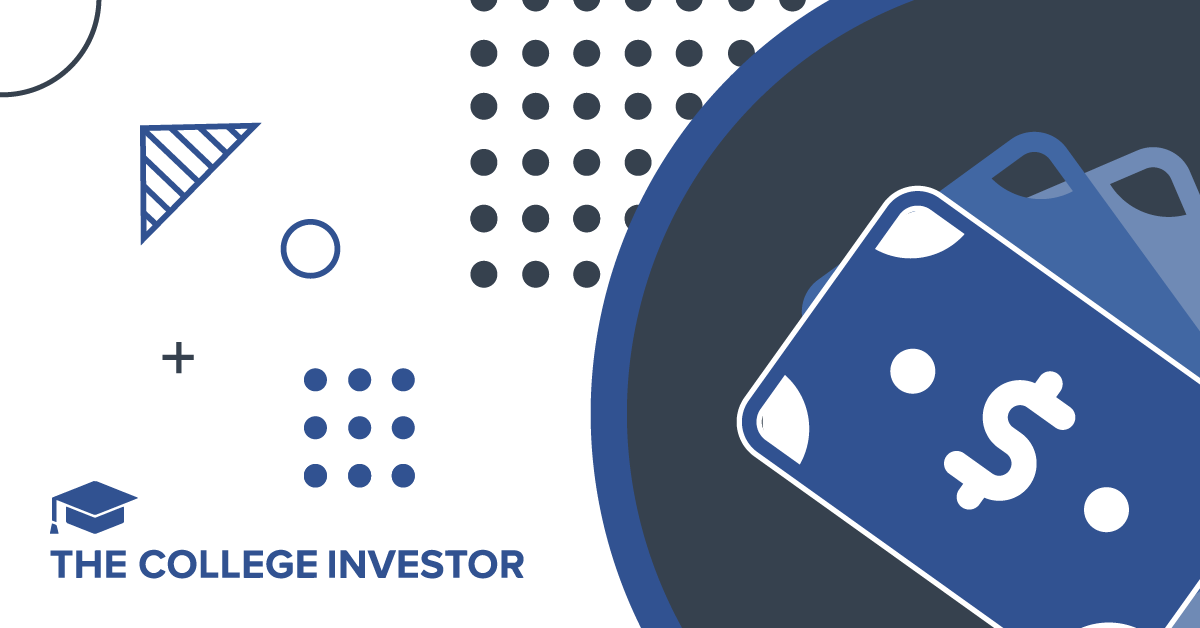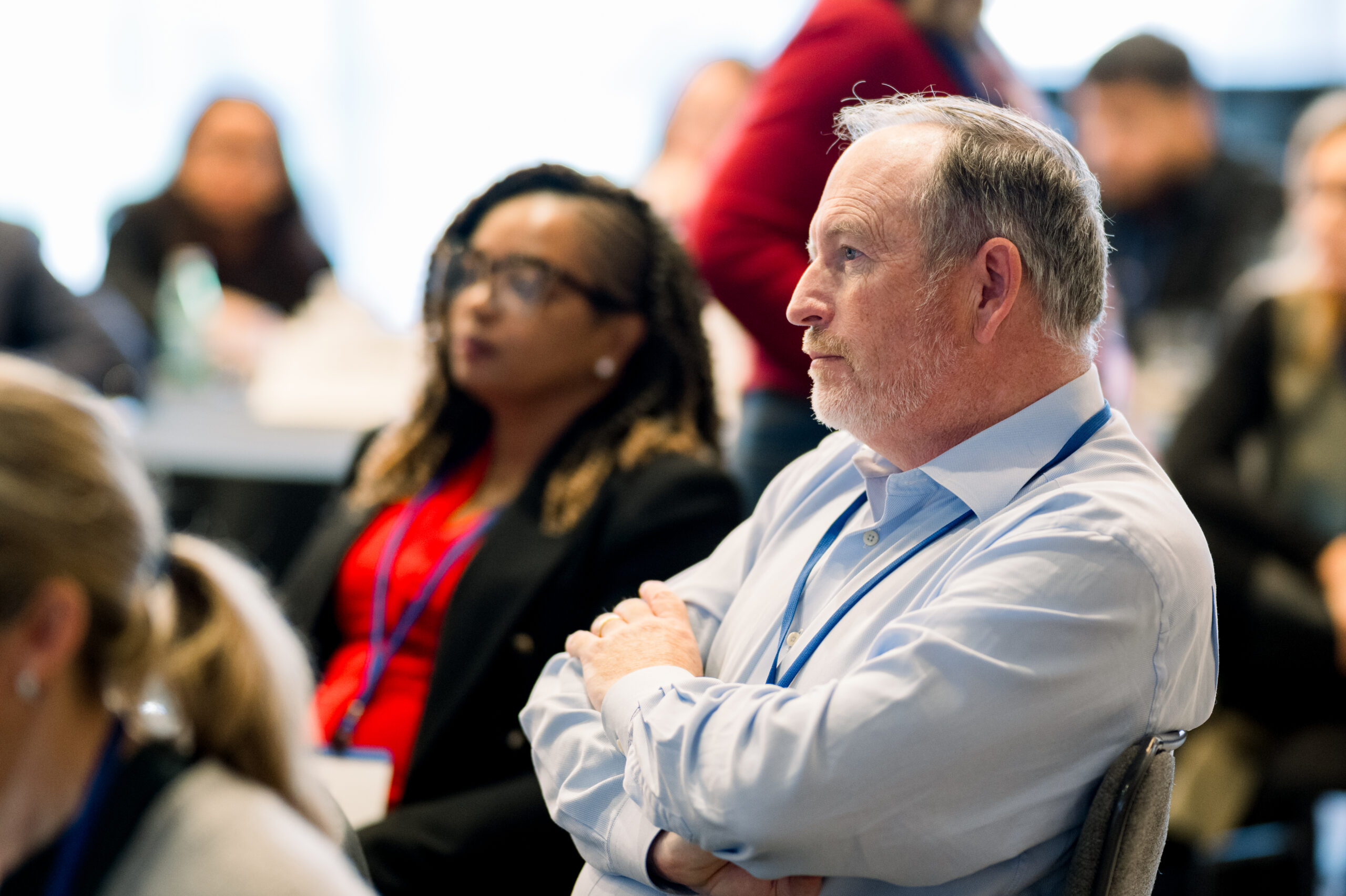The Role of Artists in Driving Social Justice Transformation: A Q&A with Artist and Abolitionist Patrisse Cullors – The Aspen Institute


Patrisse Cullors is a life-long organizer operating at the intersection of art and social change. As a modern day abolitionist, she has been on the frontlines of the racial justice movement with Black Lives Matter, Justice LA, Dignity and Power Now and Reform LA Jails. Her current work and practice is focusing on “Abolitionist Aesthetics,” a term she has advanced and popularized to help challenge artists and cultural workers to aestheticize abolition. Patrisse is also the founder of The Center For Art and Abolition – a nonprofit organization dedicated to empowering abolitionist artists and leveraging the transformative power of art to catalyze social change.
Patrisse launched a ground-breaking Social and Environmental Arts Practice MFA program at Prescott College where she served as the Founding Director for two years. She is also a New York Times bestselling author, educator, artist, and abolitionist from Los Angeles, CA. Her work has been featured at The Broad, The Geffen Contemporary at MOCA, LTD Gallery, Crystal Bridges Museum, Southern Guild, The Fowler Museum, Frieze LA, The Hammer Museum, Vashon Center for the Arts, Langston Hughes Performing Arts Center, and a host of theaters, galleries, and museums across the globe.
At the 2024 Resnick Aspen Action Forum, we interviewed Patrisse about her work, inspiration, and learnings as a leading social changemaker.
I’m a modern day abolitionist. I believe, not just in the undoing of the carceral system and the police system, but I believe that we need to transform our culture into an economy of care versus an economy of punishment. I think what’s most important as we live our lives is how we treat each other, how we relate to each other, and how we show up for each other in our everyday lives. That’s what abolition means to me.
I believe artists are at the center of shifting culture. I think the work that we do helps not just transform our everyday lives, but eventually transforms policy and actually creates a new world – imagines a new world for all of us. The artist is often seen as the person who has the hobby on the side, but I believe that artists should be at the beginning of a strategy.
When I was 26 years old, my brother came home after doing an eight year sentence in state prison, California. He was given that sentence because he suffers from severe mental illness and instead of receiving care, he received prison time. When he came home, I actually came across the American Civil Liberties Union’s 86 page complaint that detailed the abuse that people in jail were facing at the hands of the sheriff’s department.
When I read that 86 page complaint, I remembered my brother’s story. My brother was a victim of sheriff violence when he was 19 years old. I immediately called him and said, the sheriffs are finally being held accountable. And he said, finally, I also knew I wanted to make an art piece, and I created a performance piece called Stained, an intimate portrayal of state violence. And toured that piece around LA County, using the 86 page complaint, using my mom’s archive, everything she documented about what happened to my brother during that time, and also using audio of the Los Angeles County Blue Ribbon Commission talking about this issue of shared violence. Through that art piece, I actually created an organization called Dignity and Power Now and now after 11 years, the organization has successfully changed policy in Los Angeles County, stopped a mental health jail from being built and has pushed resources into care, into a county that actually believes in care. That’s the power of art.
My biggest learnings doing this work is to never give up, because the moment we give up, we become complacent to systems that harm us. And the moment we realize that we can keep going, keep fighting, keep being joyful, keep shifting, keep growing, keep transforming – that’s the moment that we actually do change the world.
I have the terrible gift of doing too many things, and so I resource myself by reminding myself that my art is actually at the center of my soul and that I have to keep creating in order to keep going. I also resource myself by regularly going to therapy. I most definitely believe in a therapist. I also resource myself by being in community and around people that I love and trust and that I know will take care of me, and I take care of them.
I think the last four years have been a special kind of hell for a lot of people, both personally, professionally, politically, emotionally, spiritually, and every day, I remember at a certain point I’d be like, ‘okay, just one day at a time, it’s all going to be different.’ I never thought that I’d live in so many unprecedented moments, and yet here we are living in so many unprecedented moments collectively.
I think that part of the work is to keep showing up and being present for what is right now. Getting out in nature is also helpful. I think giving ourselves the opportunity to not be reactive, to sit in a place of curiosity, and to lean into listening deeply is really important.
Community is absolutely critical. Community is what keeps me afloat, and being in community, holding space for community, and creating community reminds me how important I am, how valuable I am, but also how valuable everyone else is.
The roots of my resilience really come from my childhood and being encouraged to be my full self, even when the outside world was not encouraging me to do so. I remember dancing very, very early on, my mother playing music really loud on Saturday mornings and just dancing. That was such an important practice for me and I kept dancing. I was just dancing this morning in my room.
I believe that we deserve a world where we can walk down the streets and not worry about gun violence, where we can show up to our schools and have adequate public education where we can have access to clean water and not be drinking water full of lead, where we can have access to care and healing, where we can have a healthcare system that’s not led by big business, where we can have elected officials that actually are caring for the ones who are most marginalized. I believe that that world isn’t just possible. I think that world is absolutely necessary.
My invitation for folks is to lean into your imagination, to take that spark of your imagination seriously, and to believe in your imagination and to believe in the collective imagination. So much more is possible when we do it together.

Industrial flex space has become a quiet favorite among sophisticated investors seeking durable income backed by real business demand. If...

Getting an inheritance is the epitome of a mixed blessing. You receive a financial windfall, but the cause is the...

During his tenure as the California Secretary of Health and Human Services, Mike Wilkening cemented his reputation as a steady...